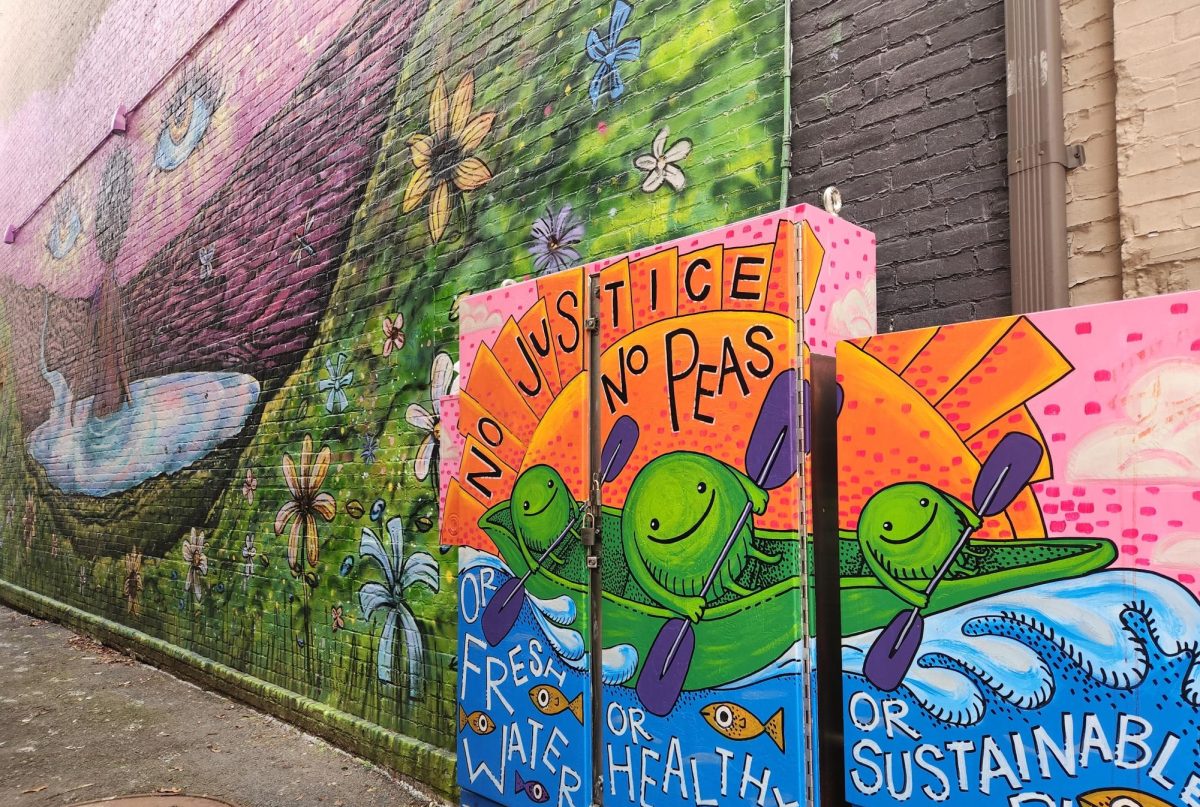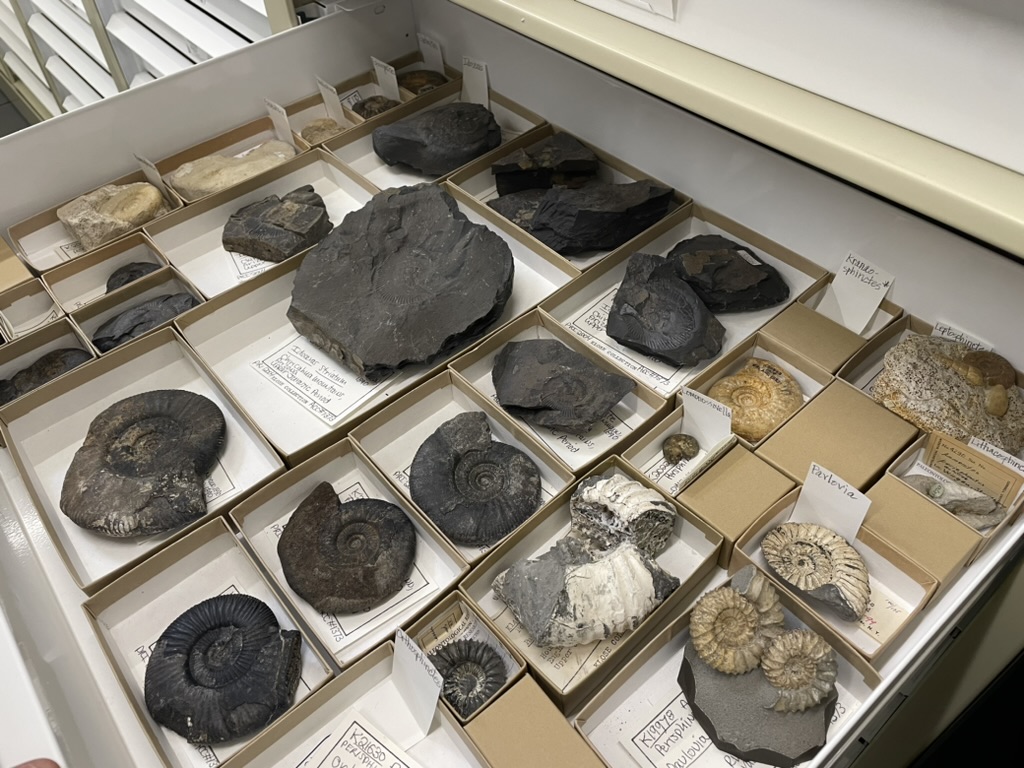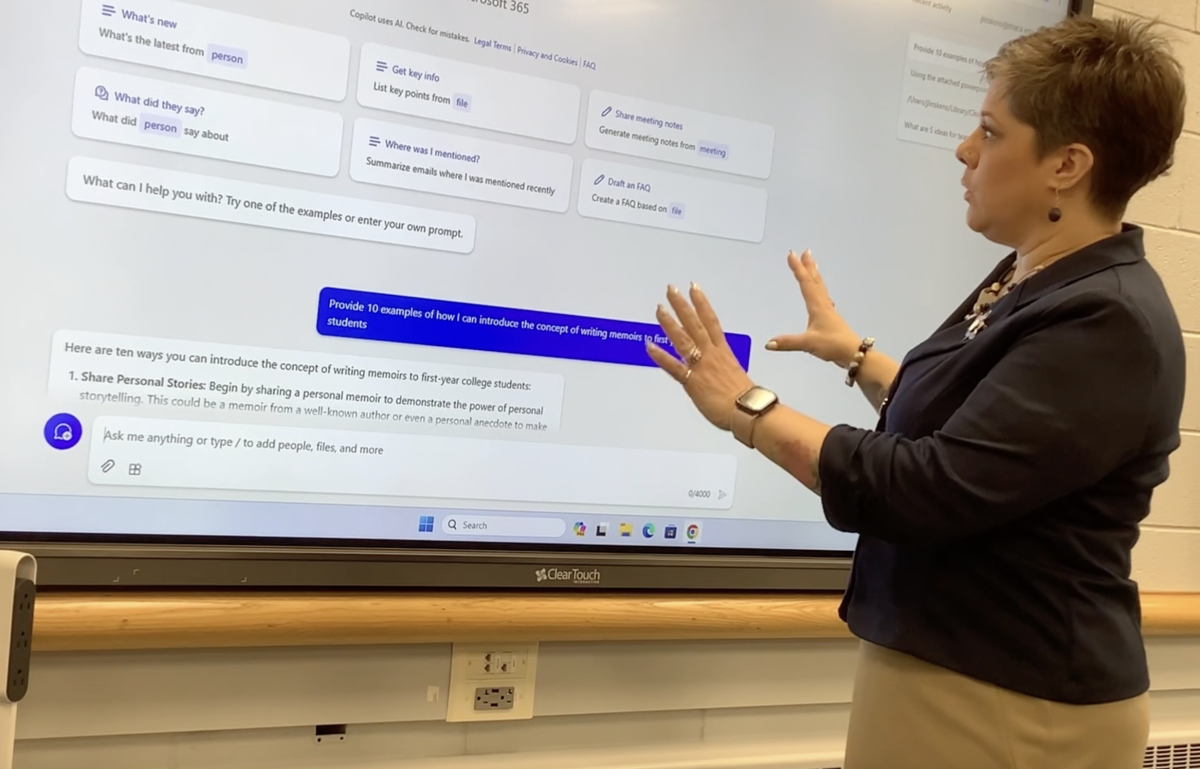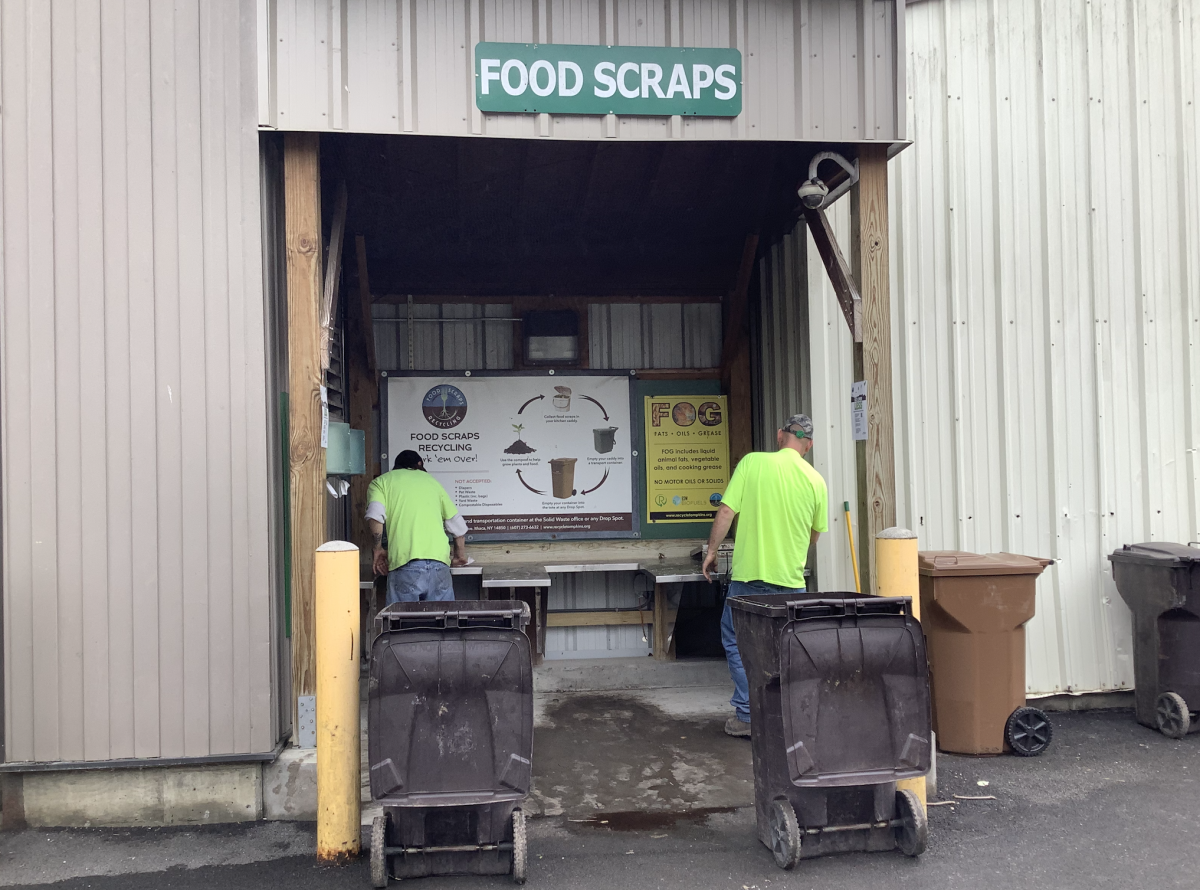

Sunny days, and cool nights — these are what Cornell University associate professor of plant science Taryn Bauerle describes as “the goldilocks of fall colors.”
But instead of these just-right weather conditions, the past four months have been marked by rain, muggy weather, and again — more rain. The period from May to August not only broke records in terms of amount of precipitation, but is also now considered the warmest four-month-long period on record.
While it’s no secret climate change is impacting global temperatures and sea levels, Bauerle says extreme weather conditions can also impact something in our backyards that’s not so obvious: fall foliage.

When fall seasons are too dry, leaves fall off trees prematurely. This means that trees grow barren before the colors of the leaves can truly peak. On the other hand, during unusually wet seasons, the onset of fall is pushed back, and the likelihood of disease is increased. So, the reds and yellows and oranges of autumn are dulled down significantly during these extreme weather conditions — which Bauerle says appears to be happening more frequently.
“It seems like we are having, sort of more wet events or dry events, and never really finding the nice, perfect fall day like we used to.”
According to NASA, climate change is most immediately and noticeably going to inflict extreme weather events beyond just global warming. This means more precipitation, stronger hurricanes, or less typical, distinct seasons.
The impact of these events this season doesn’t stop at fall foliage. Wet, hot weather is also hurting farmers, who are seeing their crops hit with diseases and stunted growth.

Bauerle says the unusual changes seen in this season are likely to increase in the coming years, as climate change hits us at full force.
“Climate can really change plant growth in many ways, like we’re seeing this year with really optimal growth, or the reduction of, and I think it’s really going to shift in the future when we have these sorts of more extreme events,” she says. “Plants could get potentially a little more out of whack, if you will.”
Overall, dull fall foliage may not be the most concerning thing that people think of when it comes to global climate change. However, one could argue that it serves as a subtle reminder — quietly warning us that the effects of climate change are here, and they’re not going away anytime soon.












